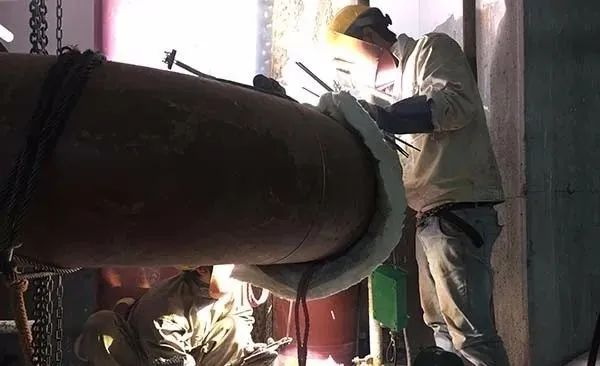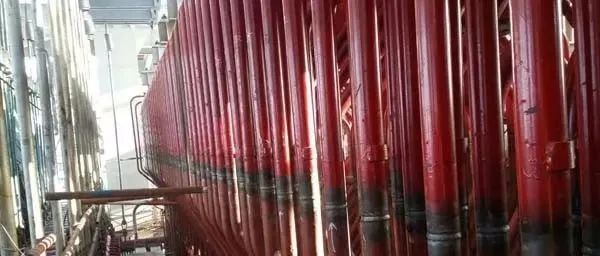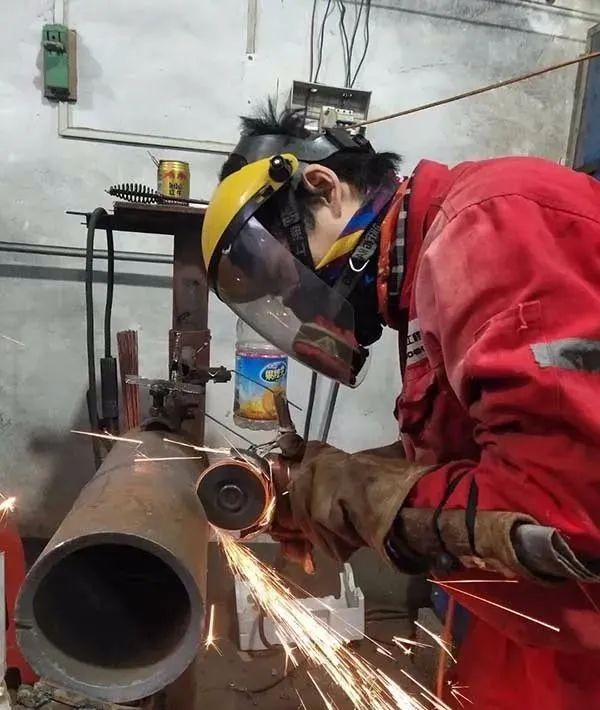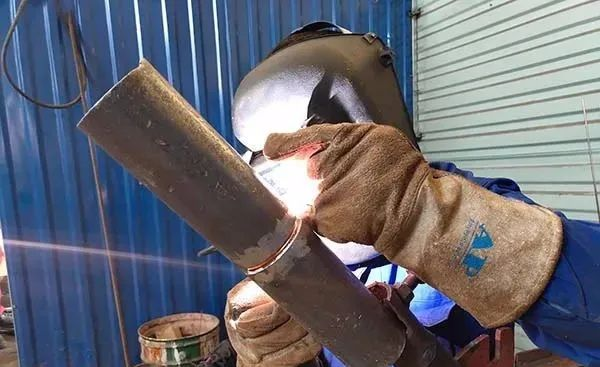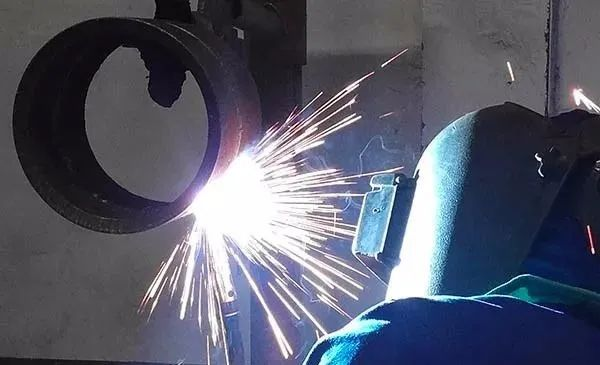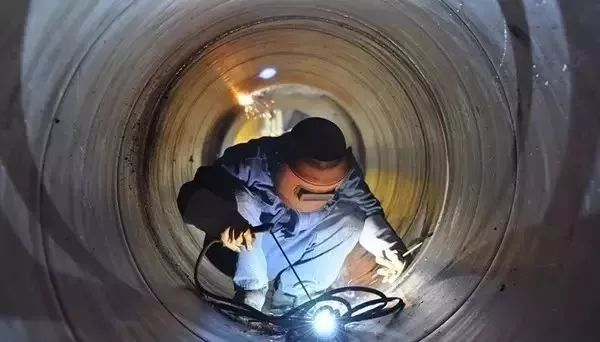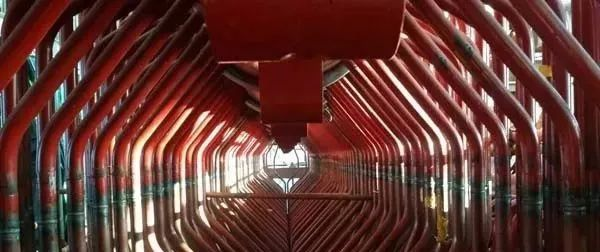No matter where the welding joint is, it is actually an accumulation of welding experience. For beginners, simple positions are the basic exercises, starting with rotating ones and then moving on to fixed position exercises.
The counterpart to fixed welding in pipeline welding is rotational welding. Fixed welding means that the welding joint cannot move after the pipeline is assembled. During the welding process, the welding position changes (horizontally, vertically, upwardly and downwardly).
Rotating the welding port means rotating the welding port during the welding process so that the welder can perform welding in an ideal position (one of horizontal, vertical, upward, or downward).
In fact, to put it simply, fixed welding joints are welds welded on site, which is compared to prefabricated pipes.
The fixed welding joint means that the pipe does not move and the welder performs all-round welding. Especially when welding upward, the welding method is difficult to operate, requires high technical requirements for the welder, and is prone to defects. It is usually constructed on a pipe gallery;
The rotary port allows the pipe to rotate, and the welding position is basically flat welding or vertical welding. The welding operation is convenient and has few defects. It is basically constructed on the ground or floor.
During welding inspection, in order to prevent all rotating ports from being selected for inspection and achieve a high pass rate, it is required to randomly inspect a certain proportion of fixed ports to ensure the welding quality of the entire pipeline. The “Pressure Pipeline Safety Technical Supervision Regulations-Industrial Pipelines” stipulates that the detection ratio of fixed welding joints is not less than 40%.
Under normal circumstances, we use the fixed port as a movable port. The movable port is a prefabricated welded joint of the pipeline. The pipe section can be moved or rotated when the pipeline is prefabricated off-site. The fixed port is a field-installed welded port, and the pipe cannot move or rotate at this time.
The pipeline specifications for long-distance pipelines are called “dead spots” and require “100% radiographic inspection.” The dead joint welding angle is complex and the welding quality is not easy to guarantee.
Xinfa welding equipment has the characteristics of high quality and low price. For details, please visit: Welding & Cutting Manufacturers – China Welding & Cutting Factory & Suppliers (xinfatools.com)
The fixed welding port is relative to the rotating welding port.
The rotating welding joint means that during the pipeline prefabrication welding process, the welding joint can be rotated at will according to the most comfortable angle for the welding operation. The welding quality is relatively stable, so welders like this kind of welding joint.
However, some workpiece welding joints can only be fixed due to site conditions or limitations of the workpiece itself. This is the so-called fixed welding joint. When the fixed welding joint is installed and welded, there is only one direction welding joint. This kind of welding joint is difficult to weld and requires a high proportion of non-destructive testing.
In some pipeline construction specifications, the proportion of fixed weld joint inspection is clearly stipulated. Because the angles of the fixed welding joints are different, manual welding will fluctuate, and the quality of the welding joints will have a certain impact. For example, the fixed welding joints of steel pipes require welders to perform all-position welding, which places high demands on welders. Of course, they have high techniques and technical levels. A good welder is indifferent.
In construction management, the number of fixed openings should be reduced as much as possible. On the one hand, it can control the welding quality, and at the same time, it can also reduce the number of detection wounds and reduce costs.
Post time: Oct-27-2023

